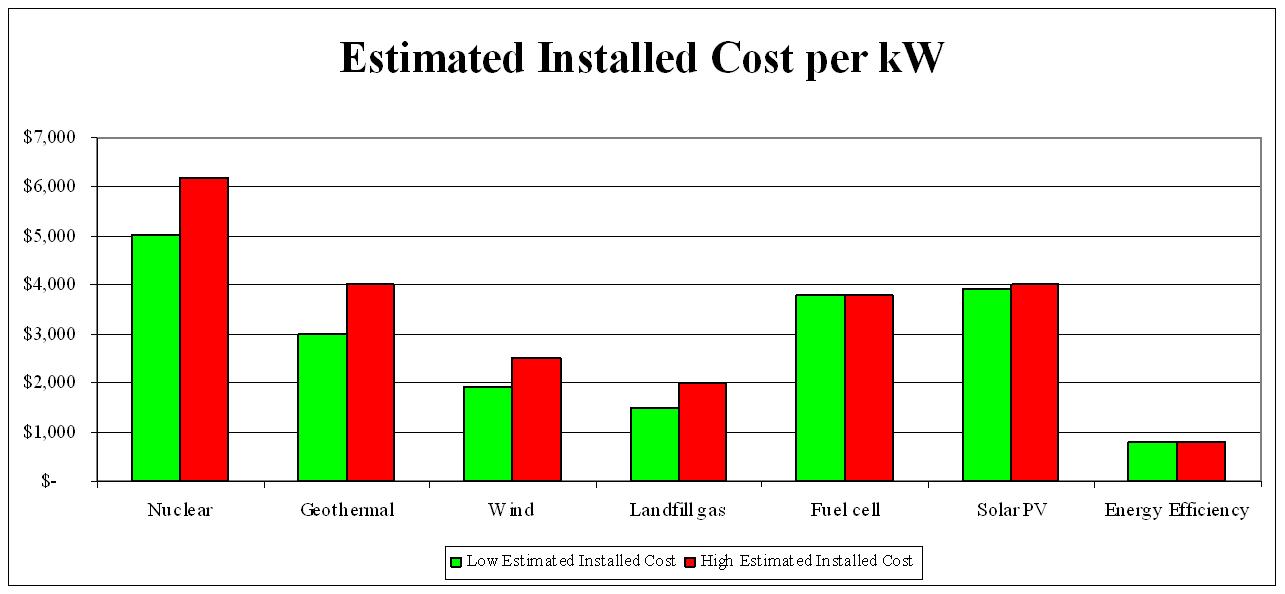Citizen opposition to more nuclear reactors at Comanche Peak continues. On August 6th the Atomic Safety and Licensing Board (ASLB) Panel found that Luminant had failed to adequately analyze issues brought by concerned citizens in their Petition to Intervene in the proposed expansion at Comanche Peak Nuclear Power Plant.
“This is a major victory for those living near Comanche Peak and throughout Texas,” says Karen Hadden, Executive Director of Sustainable Energy and Economic Development (SEED) Coalition. “The ASLB Panel has recognized in their decision that Luminant has not sufficiently analyzed alternatives to nuclear power as the law requires.”
The Comanche Peak Interveners (formerly referred to as Petitioners) include SEED Coalition, Public Citizen, Ft. Worth-based True Cost of Nukes and Texas Representative Lon Burnam, District 90, Ft. Worth. On June 10th-11th, the Interveners’ attorney, Robert V. Eye, went before the designated ASLB Panel and argued the admissibility of the 19 contentions filed with the Nuclear Regulatory Commission on April 6th challenging the adequacy of Luminant’s application to construct and operate Comanche Peak Units 3 and 4. Four months later, the ASLB Panel found that two of the contentions deserved further inquiry and delayed a decision on the Interveners’ contention dealing with the Luminant’s lack of plans to deal with catastrophic fires and/or explosions.
“The Environmental Report in Luminant’s application is seriously flawed,” says Mr. Eye. “The collocation of Comanche Peak Units 1 and 2 and the proposed Units 3 and 4 is never considered in light of various accident and radiological release scenarios. A radiological accident at one unit could cause collateral impacts and disruptions in operations at the other units, and Luminant should have considered this.”
The contentions admitted for further adjudication in the August 6th ASLB decision are as follows:
Contention 13. Impacts from a severe radiological accident at any one unit on operation of other units at the Comanche Peak site have not been, and should be, considered in the Environmental Report.
Contention 18. The Comanche Peak Environmental Report is inadequate because it fails to include consideration of alternatives to the proposed Comanche Peak Units 3 and 4, consisting of combinations of renewable energy sources such as wind and solar power, with technological advances in storage methods and supplemental use of natural gas, to create baseload power.
 Oral Hearing Set for June 10th-11th in Granbury, TX
Oral Hearing Set for June 10th-11th in Granbury, TX
 This week citizens submitted two separate filings to the Nuclear Regulatory Commission (NRC) opposing Luminant (formerly TXU)’s proposed Comanche Peak nuclear reactors. Petitioners include state Rep. Lon Burnam, the
This week citizens submitted two separate filings to the Nuclear Regulatory Commission (NRC) opposing Luminant (formerly TXU)’s proposed Comanche Peak nuclear reactors. Petitioners include state Rep. Lon Burnam, the 

